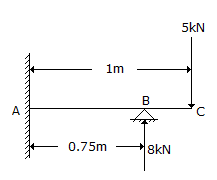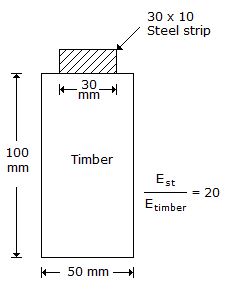Civil Engineering - UPSC Civil Service Exam Questions
Exercise : UPSC Civil Service Exam Questions - Section 17
- UPSC Civil Service Exam Questions - Section 14
- UPSC Civil Service Exam Questions - Section 27
- UPSC Civil Service Exam Questions - Section 26
- UPSC Civil Service Exam Questions - Section 25
- UPSC Civil Service Exam Questions - Section 24
- UPSC Civil Service Exam Questions - Section 23
- UPSC Civil Service Exam Questions - Section 22
- UPSC Civil Service Exam Questions - Section 21
- UPSC Civil Service Exam Questions - Section 20
- UPSC Civil Service Exam Questions - Section 19
- UPSC Civil Service Exam Questions - Section 18
- UPSC Civil Service Exam Questions - Section 17
- UPSC Civil Service Exam Questions - Section 16
- UPSC Civil Service Exam Questions - Section 15
- UPSC Civil Service Exam Questions - Section 1
- UPSC Civil Service Exam Questions - Section 13
- UPSC Civil Service Exam Questions - Section 12
- UPSC Civil Service Exam Questions - Section 11
- UPSC Civil Service Exam Questions - Section 10
- UPSC Civil Service Exam Questions - Section 9
- UPSC Civil Service Exam Questions - Section 8
- UPSC Civil Service Exam Questions - Section 7
- UPSC Civil Service Exam Questions - Section 6
- UPSC Civil Service Exam Questions - Section 5
- UPSC Civil Service Exam Questions - Section 4
- UPSC Civil Service Exam Questions - Section 3
- UPSC Civil Service Exam Questions - Section 2
31.
The saturated and dry densities of a soil are respectively 2000 kg/m3 and 1500 kg/m3. The water content (in percentage) of the soil in the saturated state would be
32.
The beam ABC shown in the given figure is horizontal. The distance to the point of contraflexure from the fixed end 'A' is


33.
A horizontal beam is hinged at 'R' and supported on rollers at the end 'S'. It carries inclined loads. To determine the support reactions, the funicular polygon
34.
A timber beam of rectangular section 100 mm x 50 mm is simply supported at the ends, has a 30 mm x 10 mm steel strip securely fixed to the top surface as shown in the given figure.
The centroid of the "Equivalent timber beam" in this case from the tope surface

The centroid of the "Equivalent timber beam" in this case from the tope surface

35.
What is eutrophication of lakes primarily due to ?
Quick links
Quantitative Aptitude
Verbal (English)
Reasoning
Programming
Interview
Placement Papers